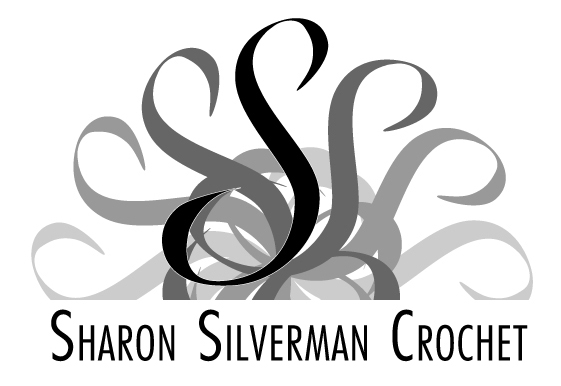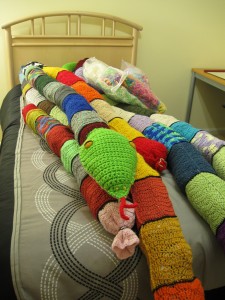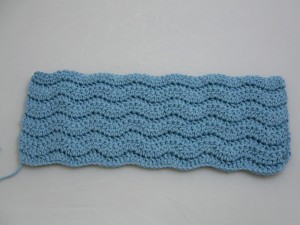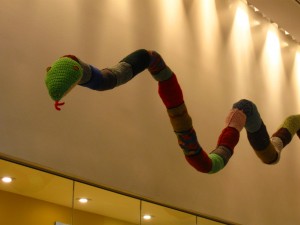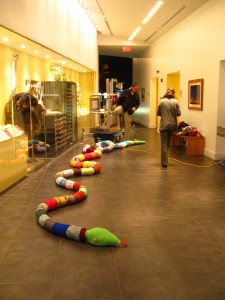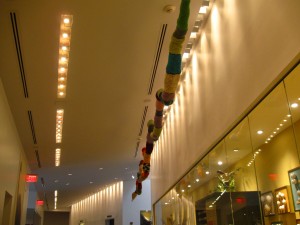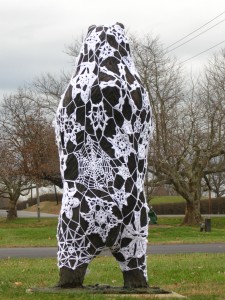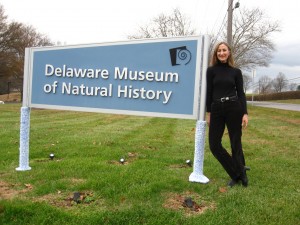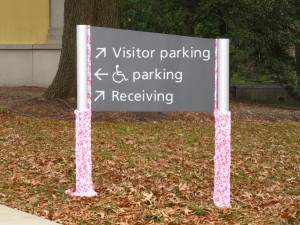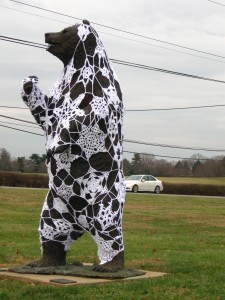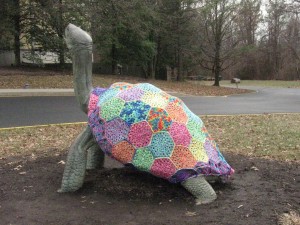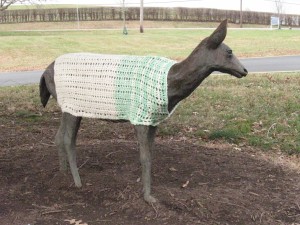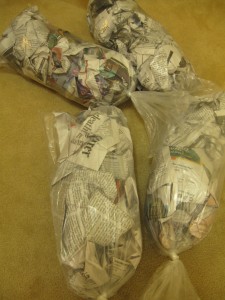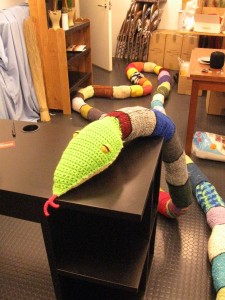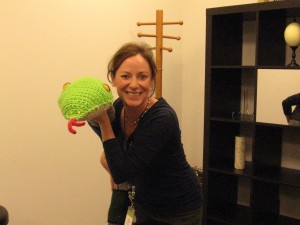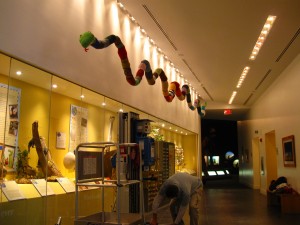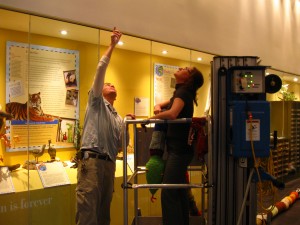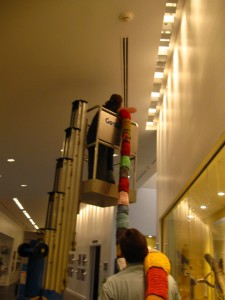TWO UPCOMING EVENTS: ***Saturday, December 13, 2014, 11 a.m.-2 p.m., Chester County Book Company--one of the few remaining independent book-sellers still around, and an excellent one at that. I'll be signing copies of Tunisian Crochet for Baby as part of a multi-author event. My bag is packed with samples to show you, but the signing is BYOB (Bring Your Own Baby). More information here.***
***Sunday, December 14, 2014, 1-3 p.m., at the Delaware Museum of Natural History, informal meet-and-greet. I'll answer all of your questions about the yarn installation and will teach finger crocheting to anyone who is interested. Hope to see you there! Find information about the Museum, including hours, admission fees, and directions, here.***
I now return you to your regularly scheduled blog post...
The past month has whizzed by with so many exciting things happening that I can hardly believe it. At the top of that list is the yarn installation at the Delaware Museum of Natural History in Wilmington, my first fiber art exhibit. Indoors--with the help of some volunteers who crocheted snake segments for me, and Museum staff who hung it--is Yarnboa delawarensis, a 40-foot yarn snake. Approximately 9,000 yards of yarn, including a box donated by Plymouth Yarn Company, went into the critter. That's five miles of yarn. Yarnboa is stuffed with recycled plastic bags and newspapers. When it is taken down on January 26, the segments will be reconfigured into blankets, which will be donated to the Friends Association for Care & Protection of Children in West Chester, PA.
Here are some photos of Yarnboa from the first segment, through partial construction at my home, to its move to the Museum, to its hanging place.
But wait, there's more! I wanted to do a real yarnbomb, not just a finished object. There were some wonderful opportunities outdoors with the Museum's statues and signage. Multi-colored motifs blanket the tortoise to create "Shell Game." 'The grizzly bear sports a web of snowflakes to turn him into "Polar Bear." A young fawn sports a Tunisian crochet coat in "Flawnt." Thanks to a wonderful suggestion from Helen in the Museum's exhibits department, I also made leg-warmers for a couple of the signs.
Things went remarkably smoothly during the two days of installation. Helen and I got started on Monday, December 1, aided hugely by unseasonably warm temperatures and dry weather. I didn't even need my coat or gloves. Helen was indispensible; I learned how important it is to have a teammate to make suggestions and to provide an extra pair of hands. I had crocheted some of the bear's snowflakes together into panels at home, but there was still quite a bit of work needed to attach the front to the back and fill in blank areas. As for Yarnboa, I had sewed and stuffed about eight separate sections; in the afternoon of Day One we joined those together and got the snake ready to hang in place.
Day 2 was all about hanging the snake. Chris got the lift ready, and up Helen went! It was not an easy task to knot monofilament line and feed it through the ductwork, but Helen had tremendous stamina for the job. I wasn't much help: my role was pretty much to stand around and say, "That looks great!"
We started before the Museum opened and were finished mid-morning. It was gratifying to see and hear the reactions from visitors. One mom used the segments to ask her child about colors. A grandmother and her grandson were fascinated with the lift itself. A group of students couldn't stop smiling and pointing. We also got some nice press coverage in a Chadds Ford Live article by Kathleen Brady Shea. You can read it here.
I am very grateful to the Halsey Spruance, Executive Director at the Delaware Museum of Natural History, for his enthusiasm and his permission to do this installation. When I asked him whether I could do a yarn-bombing, he suggested "Yarnboa" to go with the Museum's "Titanoboa: Monster Snake!" exhibit. I also owe a huge thank-you to the Museum staff, especially Helen Bilinski, Chris Hayes, and Daniel McCunney, and to the volunteers all over the country who sent in snake segments. I would love to do more of these fiber art exhibits, and I couldn't have gotten this experience without all of them.
The exhibit runs until January 26th, 2015.
A lot more has been going on in my work life, including the imminent release of Tunisian Shawls Leisure Arts, another book I submitted to them that will be out mid-year, and a compilation/update of my first two crochet titles into Basic Crocheting Plus Projects from Stackpole Books, scheduled for release sometime in 2015. More details in the next blog post, which I will try to do in the near future.
Meanwhile, I hope all of you had a wonderful Thanksgiving and are enjoying December so far. Decorate, bake, visit...and get some crocheting in, too!
